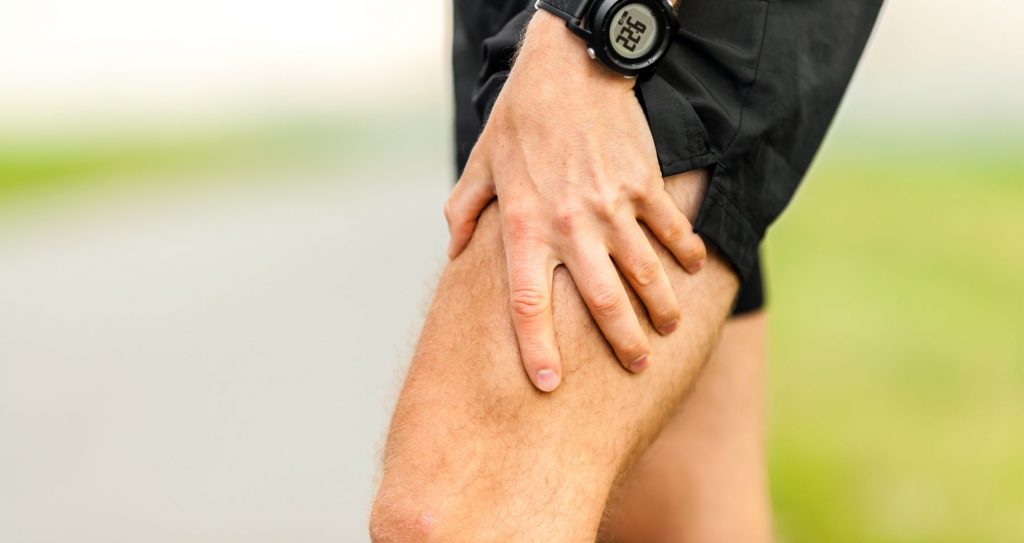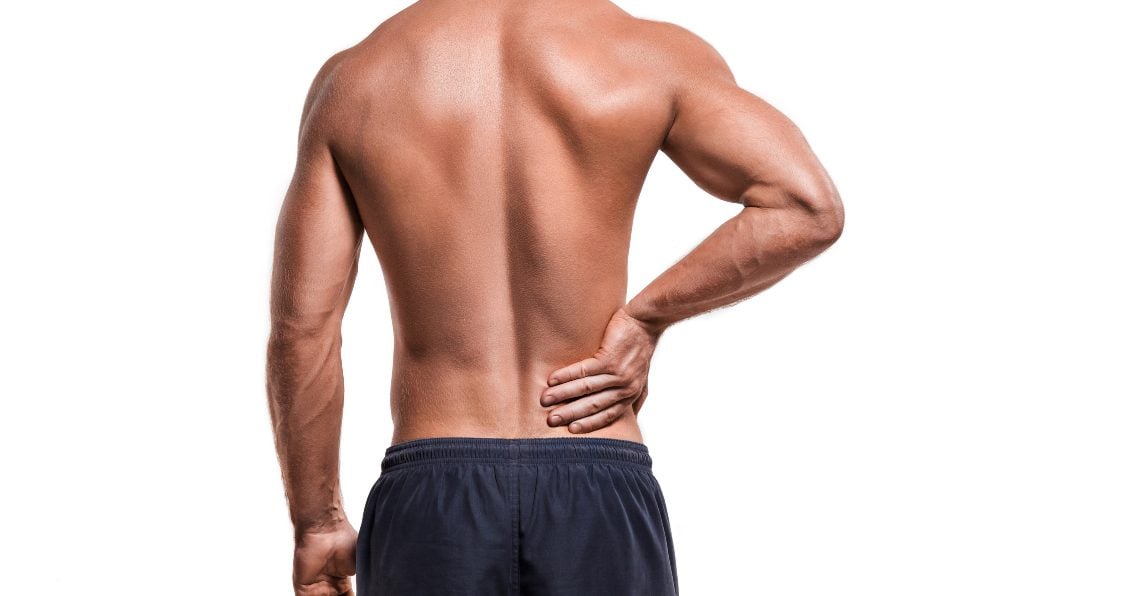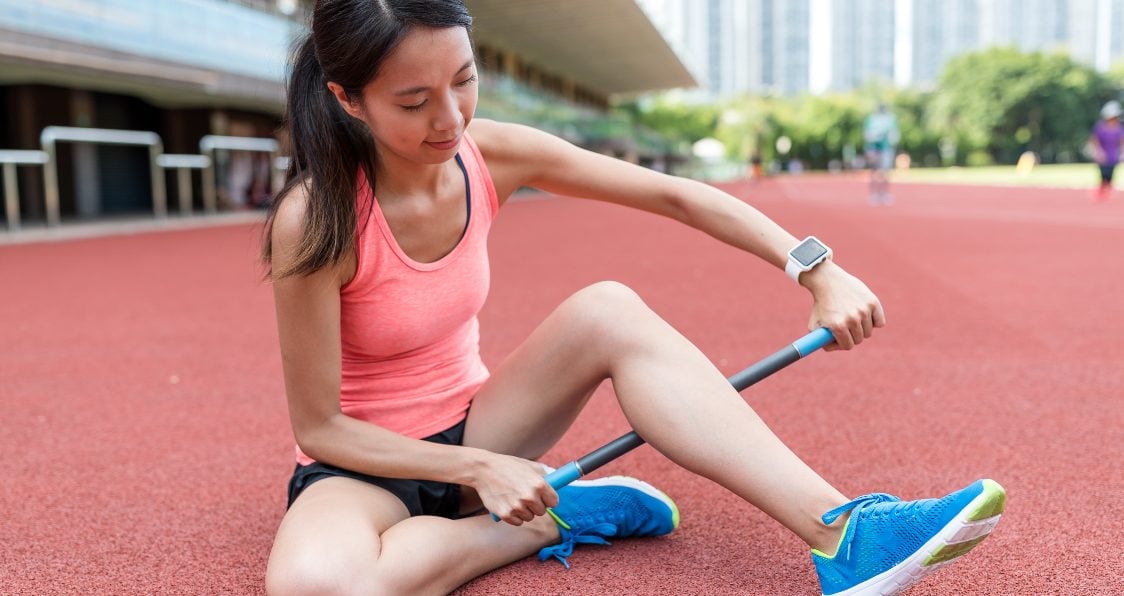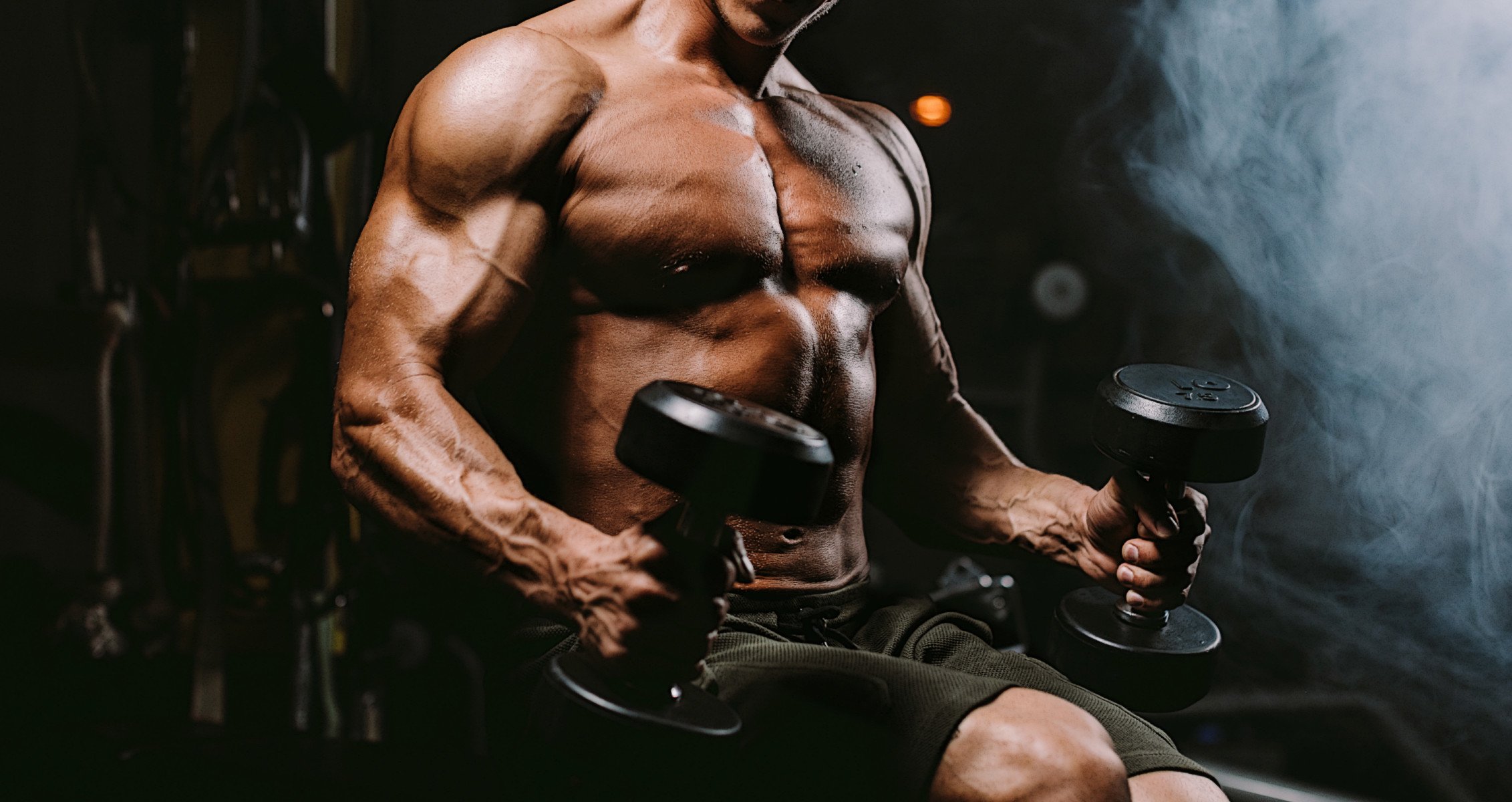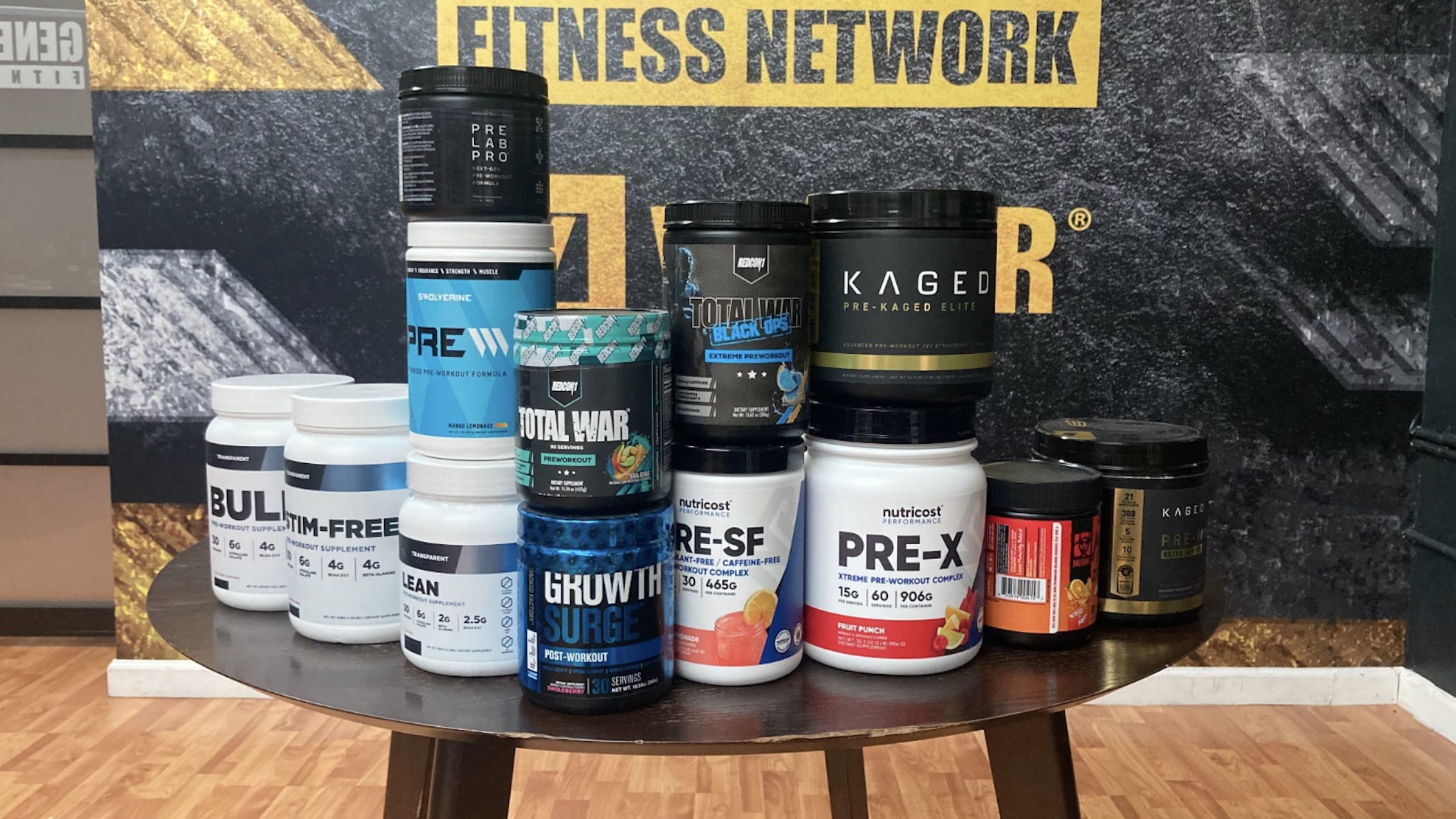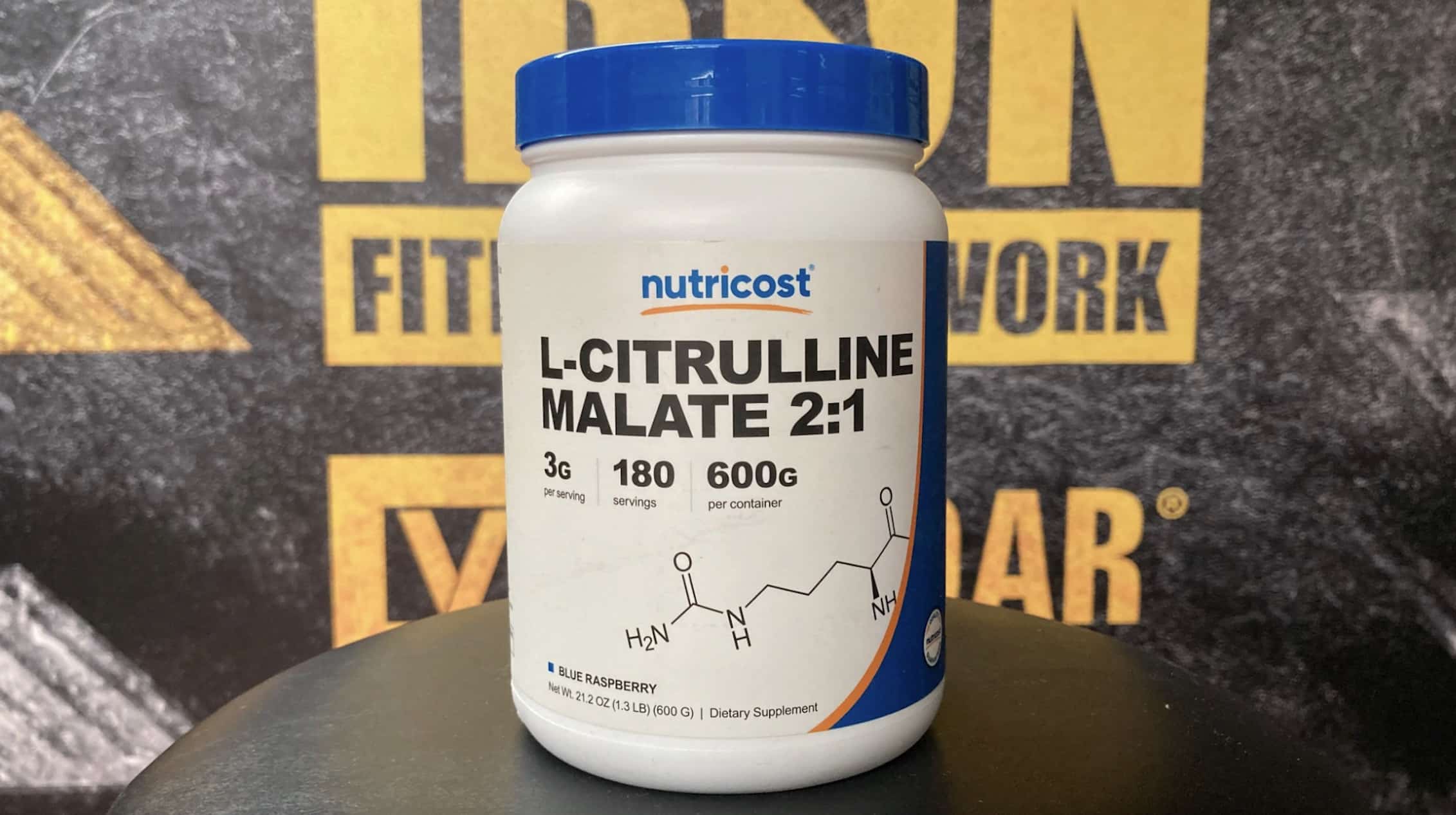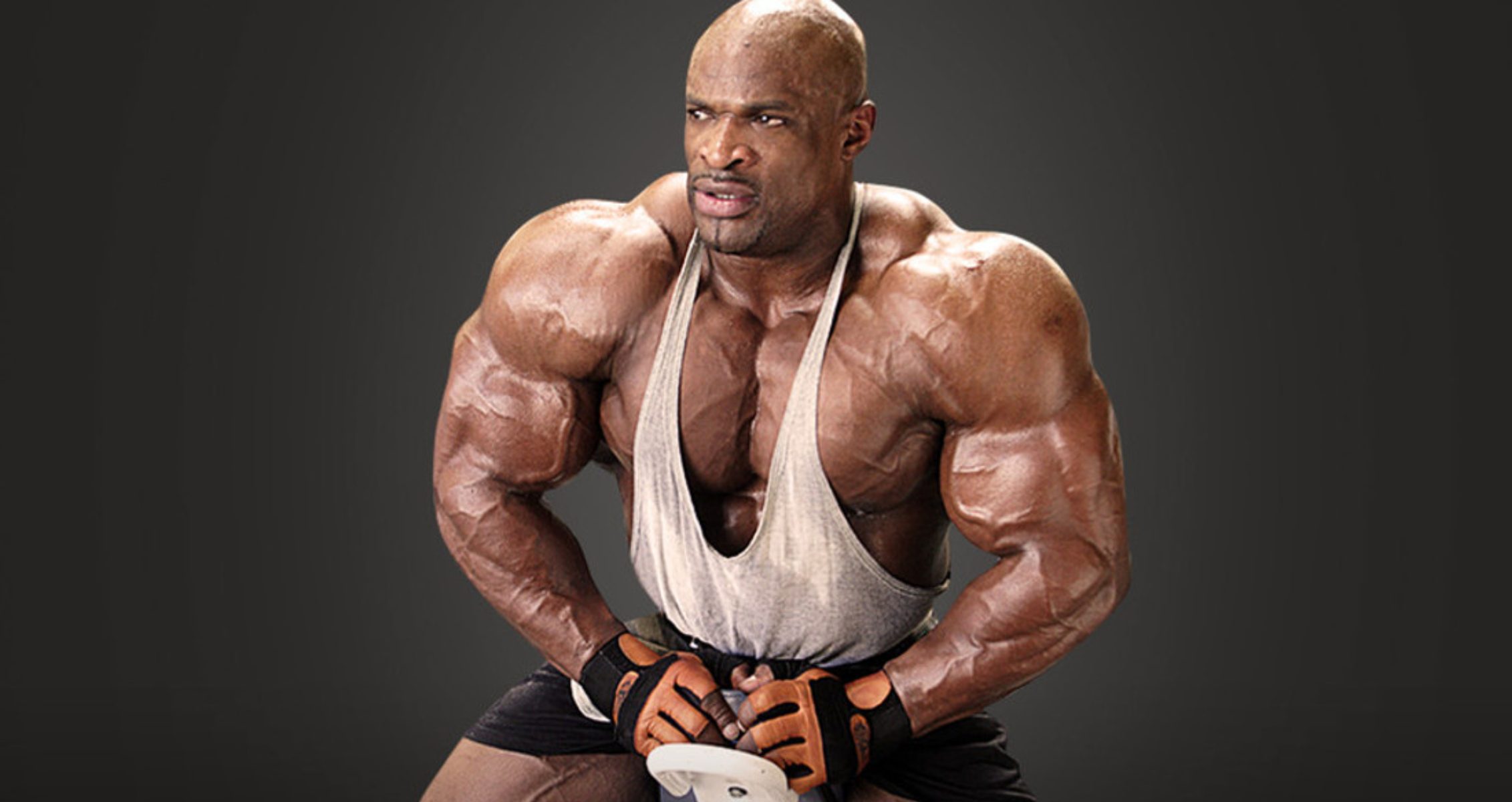Don’t let muscle soreness trick you into an inefficient workout.
We’ve all felt that achy pain that next morning after a tough workout. That unbearable pain in your quads, hamstrings, and glutes that screams at you to stay in bed. You feel good knowing that you put them through a grueling workout and that your gains will certainly show the next day. But muscle soreness may not be the best sign that you had an effective workout. After all, you should feel good after working hard, not stuck in an unbearable loop of lower body pain.
On the other hand, muscle soreness is not totally a bad thing. If it was, people wouldn’t push themselves to the point of that soreness. While it is highly debated in inner gym circles on whether muscle soreness is effective or not for big gains, the science behind it may sway you one way or the other. Knowing what muscle soreness comes from and how to prevent it, or promote it, may ultimately help you see the gains you wish to see in the gym.
What Is Muscle Soreness?
That sore muscle feeling is actually a result of something called delayed onset muscle soreness (DOMS). With the amount of stress put on your muscles, this creates small micro tears in the muscles which is a normal part of working out and also the rebuilding stage of the strengthening process to create new muscle (1). As a highly adaptive species, we as humans create this connection between our brain and body to alter how our level of strength and endurance allowing for growth in both to occur.
But those micro tears also cause inflammation which is where the muscle soreness comes from. DOMS forces your muscles to take a longer time to recover as a result of this mass amount of soreness which occurs. Your body seeks to aid in this inflammation by increasing blood flow and pumping your body with hormones and proteins to start to assist that healing (2).
The key when it comes to DOMS is that you can still see muscle growth without totally crushing yourself. You still create micro tears in the muscles with a “normal” lift and will see growth, as those have to repair. While it may not be as much growth as if you push yourself to the absolute limit, avoiding injury is your number one priority, so with that in mind, inflammation will certainly decrease as a result of not suffering from delayed onset muscle soreness.
This idea around muscle soreness is debated because proponents of it feel that every time you recover, your muscles become more dense and obviously stronger, so what’s the harm in that. Those against it see that you can still gain muscle without digging yourself into a hole every time and think that is the option. The most common theme of working out and exercise is that not one size fits all.
It’s easy for us to want the simple answer that says something works better than something else, but it is all a preference. Knowing what works for the majority of people is a great start, but don’t jut run with the status quo. Work to find a plan for you so your gains and goals are met.
What Affects Your Level Of Soreness?
Your level of soreness is affected by a number of reasons. How often you train is key, for you must give your body ample recovery time. If you don’t allow those tears to fully heal, you run the risk of injury by pushing too hard. With regular activity, your muscles will get used to the load and much of that general soreness will subside.
You have to be careful of overtraining. Leading to fatigue and negative effects in your everyday life can be debilitating for work and relationships, so let those muscles fully heal and give your body time to recover (3). You will be able to boost intensity when you do this and allow for more efficient workouts.
Noticing what exercises you are doing can also allow you to zero in on muscle soreness. If there is an exercise you haven’t done before, you will be sore after so consider lighter weight to get those muscles used to how that works. Exercising that requires the lengthening of the muscle will also cause more soreness and these eccentric movements force your muscle to contract under tension bringing more strain and inflammation to the spot.
Tips To Decrease Muscle Soreness
We all hear the same words every time someone talks about muscle soreness, those being stretch, foam roll, massage, or ice. All of these things will help with DOMS as much as you may be tired of hearing it. By activating the muscle to increase blood blow, work out the tight spots to give you a better chance at recovery, and simply work to reduce inflammation will help with all levels of soreness (4). While you may not be able to totally rid your body of soreness, let it take its course as it heals those damaged muscles and give your body the proper care it needs.
Other helpful tips are to warm up and get your muscles primed for a workout. Going in cold and stiff will only hinder your gains and lead to potential injury. Starting with some sort of cardio works well because it raises blood flow and starts to bring vital elements like oxygen, protein, and iron to the muscle groups. Be sure to stay hydrated and allow for ample water to flow through your body and remove any unwanted toxins causing excess inflammation (5).
Wrap Up
Muscle soreness is just one part of working out that we all have to deal with. While some people hate feeling sore, others thrive on the pain that a good workout brought them. Delayed onset muscle soreness (DOMS) is the aftermath of a good workout as tiny muscle tears now seek to heal in order to see increased growth and improvement. While this is how those gains happen, it is important to be aware of your soreness level and to not totally overdo it to cause overtraining and unwanted fatigue. Take care of your body and it will take care of you, so while soreness can be a sign of effective workouts, knowing how hard and when to push your body is what to aim for.
Let us know what you think in the comments below. Also, be sure to follow Generation Iron on Facebook, Twitter, and Instagram.
*Images courtesy of Envato
References
- Smith, Lucille L. (1992). “Causes of Delayed Onset Muscle Soreness and the Impact on Athletic Performance: A Review”. (source)
- Miles, M. P.; Clarkson, P. M. (1994). “Exercise-induced muscle pain, soreness, and cramps”. (source)
- Eichner, E. R. (2008). “Overtraining: Consequences and prevention”. (source)
- Harvard Health Letter (2013). “The importance of stretching”. (source)
- Cheung, Karoline; Hume, Patria; Maxwell, Linda (2003). “Delayed onset muscle soreness: treatment strategies and performance factors”. (source)
